Have you come across such an incomprehensible term as fat graft and want to know what kind of procedure? There is nothing easier than getting an answer to this question. This is a fat breast augmentation. That is, liposuction of busts known to most women. This is the process: the pros and cons of which we will discuss today.
Fat transplant under a microscope
The method is based on "catching two birds with one stone":
- Removal of adipose tissue from problem areas of the body.
- Their transplant in the area of the mammary glands.
So, you get a rich bust and a thin line on the hips, legs or a toned belly. It is from these places that the much needed fat is extracted. Surgeons advise the use of the liposuction method. Body shaping by removing or inserting your own fat deposits has been around for over a century. Modern technologies make it as safe as possible for patients.
The main condition for a positive result from this process is to keep the adipose tissue viable during transport. "Dead fat" not only will not improve your shape by dissolving. But it can also cause connective tissue to grow at the site of the transplant (fibrosis).
And this process significantly complicates the methods of material study of the condition of the mammary glands and can cause overdiagnosis of the development of tumors in this area. That is, the question of proper liposuction and proper transplantation is by no means excessive. To make the process successful, it is performed under sterile conditions using special equipment.
At all stages of its application, the adipose tissue does not come into contact with oxygen in order to prevent the oxidation of the latter.
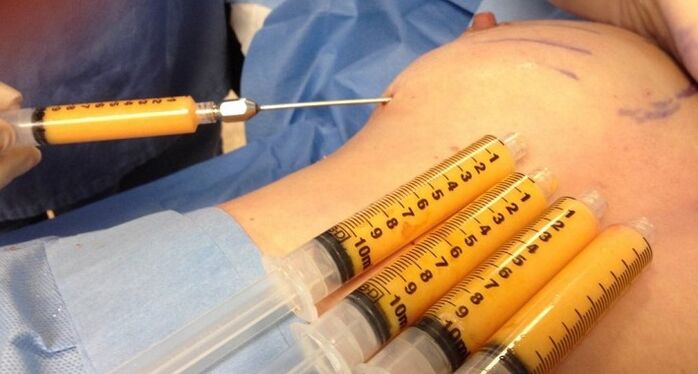
Advantages of the process
Lubrication is an operation, albeit a mini one. It can be done under local or general anesthesia. The former is preferred for the patient's cardiovascular system. Its main advantages are:
- minimal invasiveness / trauma (compared to endoprosthesis).
- high "donor" tissue survival rate.
- minimal risk of allergy (compared to the introduction of fillers, even based on hyaluronic acid). The allergy may be due to anesthetic drugs.
- lack of visually recognizable scars, even fine scars.
- the ability to "order" the shape of the breast, after a few months repeat the procedure if necessary to increase the bust by more than 1 size, reshape the breast if necessary.
- restoration of asymmetry in congenital / acquired form defect.
- The use of your own fat is permissible even when other methods are contraindicated.
- to correct the shape of the breast after removal of the implant, operations on the mammary gland. Such an opportunity is often used by elderly patients and young women when it is impossible to replace / install stents (for example, material allergy).
- relatively short recovery period;
- complete naturalness of the forms of the mammary glands after manipulation and physical sensations on palpation.
- An added bonus of the procedure is the rejuvenation of the tissues at the site of fat injection.
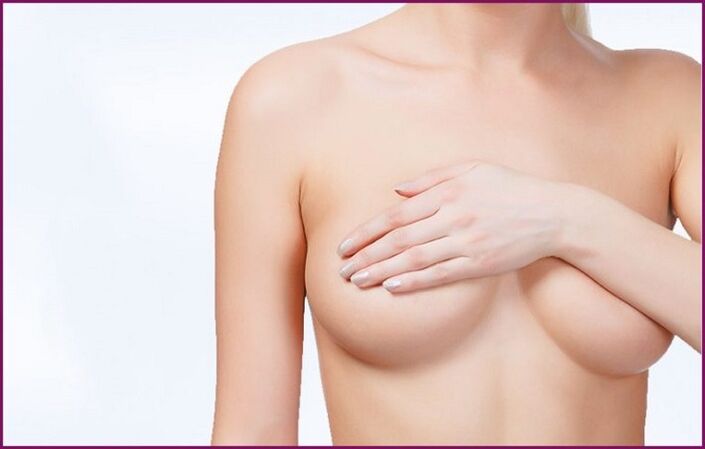
Proponents of her case have been working to make the actual transcript of this statement available online. Opponents say it will take a second process in no more than 2 years. The truth is that every organization is unique. With good tissue transplantation, the result can last for 5-10 years. Provided you do not gain or lose weight or become pregnant.
After pregnancy, correction may be needed. However, there are also known cases when in some patients the really injectable fat tissues were absorbed in 1. 5-2 years. And the volumes returned to the previous unsatisfactory.
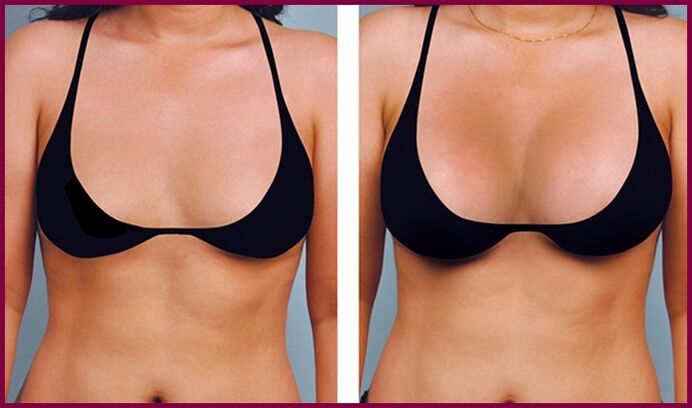
Before deciding on the procedure or abandoning it, evaluate the effects of growing the bust with your own fat in the photo.
Restrictions on fat supplementation
Increasing your bust with fat has a number of limitations and disadvantages:
- the ability to increase the volume only by 0. 5-1 size per procedure (pump in about 150-200 ml of fat).
- the risk of reabsorption of injectable fat after 0, 5-2 years;
- difficulty of surgery for very thin women (lack of material).
- the presence of contraindications (absolute and relative).
- the possibility of the death of a part of the fatty material during its introduction and the development of fibrosis foci in this zone, which reduces the reliability of the material methods for the examination of the breast.
- requires a little preparation before liposuction (smoking cessation, alcohol consumption, taking drugs that affect blood clotting).
An additional disadvantage of the process is the relatively high cost. If repetitive fat injection courses are required, they may be more expensive than endoprostheses.
Indications for the procedure
There is an introduction of subcutaneous fat from other parts of the body to the chest:
- with a lack of tissue for implantation of the prosthesis (covering its ends with the existing tissue).
- a woman's reluctance to resort to endoprosthesis.
- the need for a small correction in case of worsening of the tissue condition after pregnancy, breastfeeding, hormonal crisis, sudden weight loss.
Some women use liposuction as a trial procedure. They consider what the breast will look like, how much it should be enlarged before deciding on an prosthesis.
When is the procedure not recommended?
Absolute contraindications include:
- with serious physical illnesses (heart disease).
- mental disorders?
- endocrine diseases (diabetes).
- with the growth of tumors.
- certain systemic diseases.
- blood pathology.
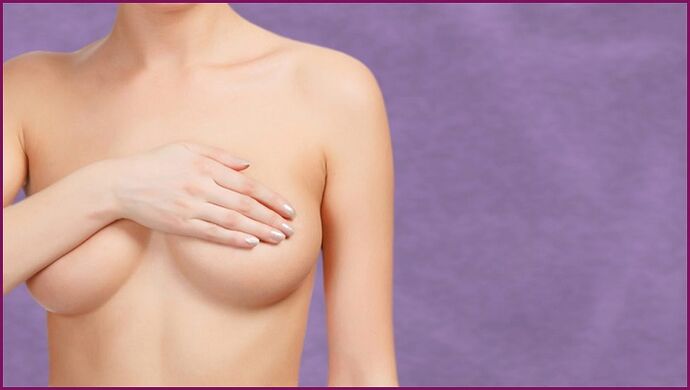
To stay away from changing shapes with your own fat for a while, you should:
- during menstrual bleeding.
- with chronic pathologies during an exacerbation.
- in case of infectious disease (in the acute period)
- during pregnancy and lactation. You can return to the subject of breast augmentation 12 months after stopping breastfeeding.
With recovery, achieving a steady decline and cessation of menstruation, liposuction becomes quite affordable for relatively healthy women. You should not enlarge your breasts this way if you are addicted to cigarettes. Smoking has a very bad effect on the durability of the result of the process.
Lubrication stages
The manipulation of changing the size of the bust with the help of your fat takes place in 3 stages:
- material sampling (liposuction).
- cleansing it of impurities (for example, blood).
- in fact fat filling or "pumping" of the breast with subcutaneous fat, removed with the help of vacuum suction from problem areas.
A few hours after the procedure, the patient can safely go home.
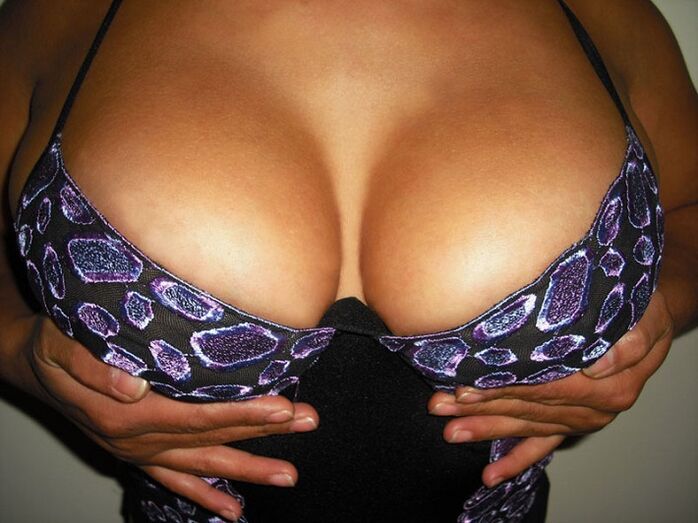
Reform
The recovery period includes:
- wearing special underwear, then bras with wide straps to prevent mastoplasty (fabrics should "get used" to the new weight and volume of the breast).
- restriction of physical activity;
- avoid exposure to temperature;
- denial of manual impact in the chest area for 1-2 months after the procedure.
After the liposuction, you may feel discomfort for the first time in the breast area, the breast may swell slightly and hematomas may form in the area of the puncture. These phenomena are classified as normal. They pass by themselves quite quickly. The initial recovery period ends in 2-4 weeks.

Until the puncture points heal, they are treated with a local antiseptic according to the doctor's instructions. It will be possible to fully evaluate the effect of fat supplementation in six months.


























